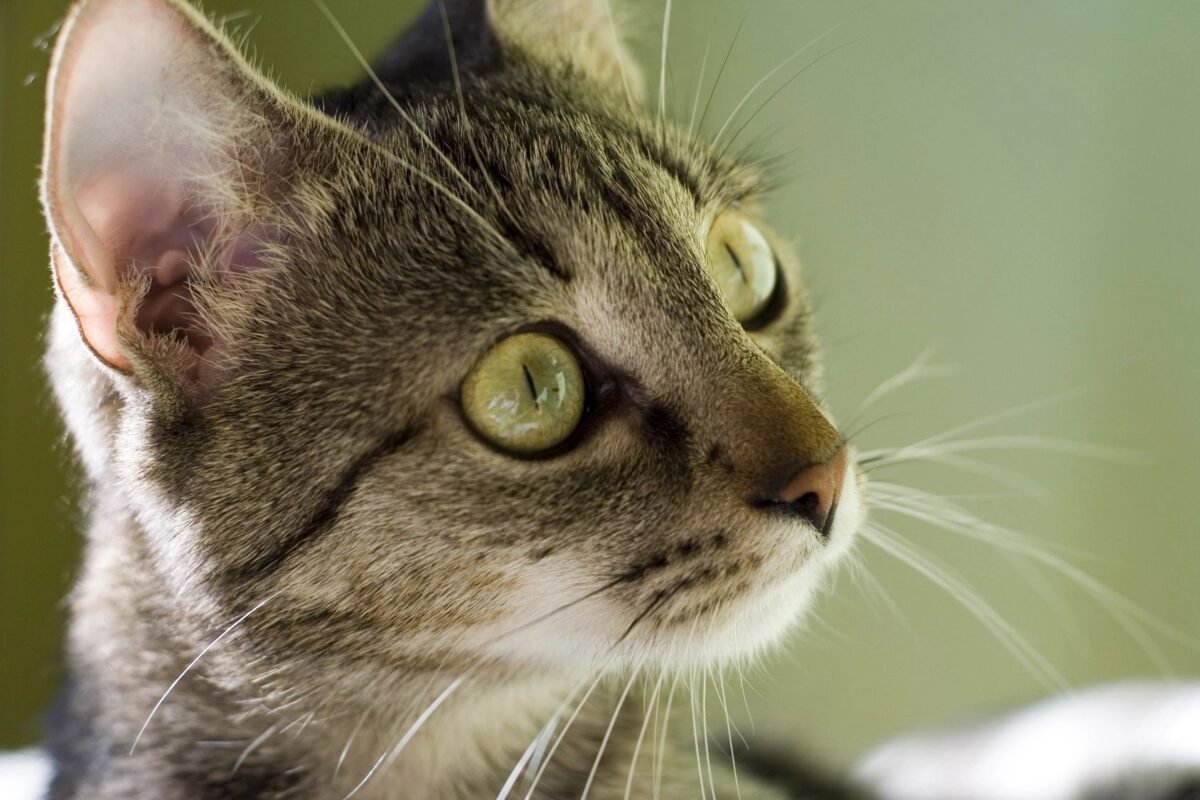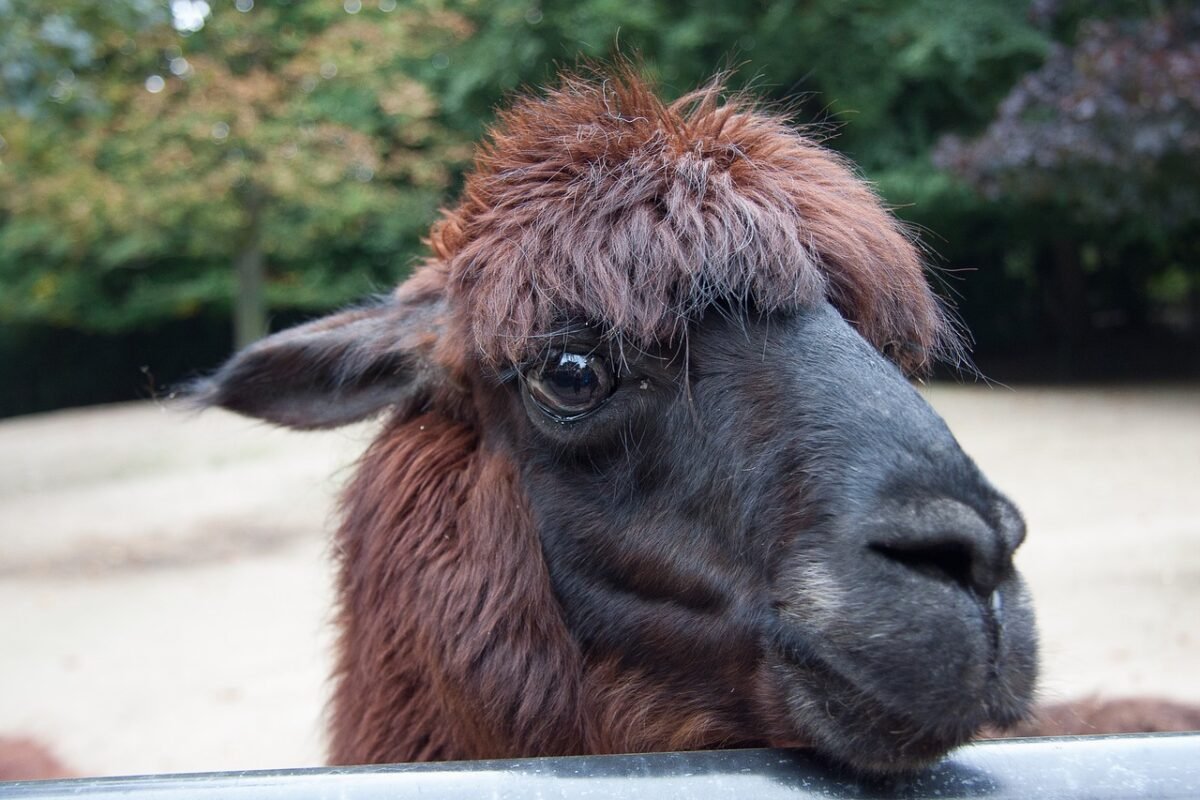-
The reasons we are so intolerant towards cats.

Cats inhabit every continent except Antarctica and the world is full of cat lovers who find nothing more relaxing than the company of one purring on their lap. For this reason they rank second in popularity in most countries to the dog. But their popularity doesn’t extend to everyone and governments, conservationists, hobbyists and scientists…
